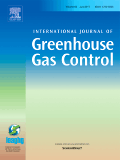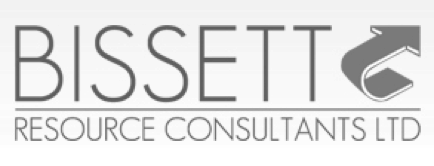Saskatchewan is home to the largest amount of injected anthropogenic CO2 in the world, which has been injected into the Weyburn and Midale oilfields. Together, these two reservoirs have approximately 40 million tonnes of CO2 (as of 2019) in the reservoirs, with an additional 2.8 million tonnes added annually. This project seeks to build on the research conducted during the measurement and monitoring of the reservoirs conducted between 2000-2015.
SaskCO2USER
The Saskatchewan CO2 Oilfield Use for Storage and EOR Research project (SaskCO2USER) advanced the rich datasets from the Weyburn and Midale fields to better inform prospective CO2-EOR operators, government regulators and service providers on how to maintain the safety and integrity of CO2 storage, improve the efficiency of CO2-EOR operations, and limit liabilities and risks during operations.
About
Research

SaskCO2USER conducted applied research for commercial application in high priority areas for CO2-EOR operations, relevant to future recognition of CO2 geological storage.
Research was undertaken by North American and European organizations, providing an international context to findings for commercialized applications. The research built upon existing best practices and lessons learned from a decade of world-leading, peer-reviewed research undertaken by the IEAGHG Weyburn-Midale CO2 Monitoring and Storage Project (WMP).
The seven research projects funded in the program included:
- Minimum Datasets Needed to Assure Safe Storage
- Overburden Monitoring
- Passive Seismic
- History Matched Modeling
- CO2-EOR Well Design
- Casing Corrosion
- Core Assessment
Research results have now been published in a special electronic edition of the International Joural of Greenhouse Gas Control. Eight papers appear in this special supplement, and are accessible by clicking on the cover of the periodical to the right. Note that access to the publication may be dependent on membership or passwords granted by Elsevier.

Partners








© 2025 Petroleum Technology Research Centre
Website by OH! Media a division of Phoenix Group.

